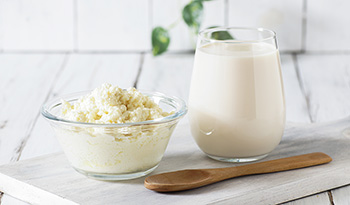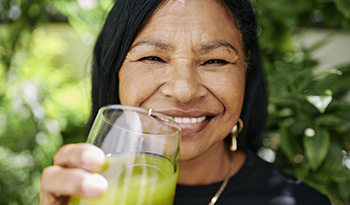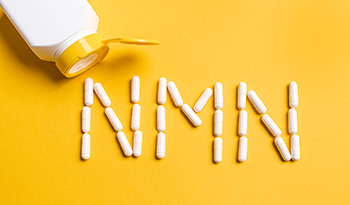Why Do Babies Need DHA?

Key Takeaways
- Despite their importance for the eyes, brain, and healthy development of nerves, many American babies and toddlers do not consume a sufficient amount of omega-3s
- If a breastfeeding mother has not undergone testing to ensure adequate omega-3 levels, supplementation for the nursing infant or toddler is recommended
- Non-breastfeeding infants and toddlers can benefit from 500-800 mg of supplemental EPA and DHA per day
DHA Benefits For Babies
DHA supports the growth and development of an infant’s brain and retina
The infant and toddler years are a critical period of growth and development. Over the span of a few short years, children go from rolling over to running, babbling to talking, and making messes to making masterpieces (assuming you’re into macaroni jewelry).1 But these aren’t the only changes taking place; children’s bodies undergo significant structural and functional changes during the first few years of development as well.2,3
Babies require adequate nutrition to support the important changes occurring in early development—particularly a sufficient amount of polyunsaturated fatty acids EPA (eicosapentaenoic acid) and DHA (docosahexaenoic acid).2-4 Because these foundational nutrients affect numerous cellular and physiological processes associated with growth, EPA and DHA are considered critical for normal development during infancy and toddlerhood.2,3
DHA, in particular, is necessary for the growth and maturation of an infant’s brain and retina, and is required in large amounts during pregnancy and the first few years following birth.4,5 Prior to birth, the DHA required for proper fetal development is provided by placental transfer from the mother.6 Following birth, babies must receive DHA through breast milk, formulas fortified with DHA, or DHA supplementation (i.e. fish oil).6
Given its prominent influence on the foundational structure and functions of the developing brain, whether a child receives adequate DHA in early life can have lasting implications for their long-term development.4 For example, observational and intervention studies show that adequate omega-3 levels help support babies’ cognitive, social, and physical development by promoting:
- Visual acuity and retinal development7-9
- Performance on measures of language and cognition10,11
- Mental and motor skill development12–14
- A healthy immune response15,16
- Attentional control17,18
Do Babies Need EPA Too?
A commonly asked question is whether babies require both EPA and DHA, or simply DHA. Although maintaining sufficient levels of EPA is critical at any age, particularly for immune and cardiovascular health, EPA is not stored in significant levels in the brain and retina, so DHA is widely regarded as the more important omega-3 in early development.2,4 For this reason, when scientists and health professionals discuss the importance of omega-3s during the prenatal and postnatal periods, they are usually referring to DHA. However, given that healthy fats play a variety of roles in brain health and neural connectivity, babies can benefit from sufficient levels of both EPA and DHA (as well as fellow polyunsaturated fatty acid arachidonic acid, which is also heavily implicated in early brain development).2,3,5
Omega-3 Insufficiency In Children
Many infants and toddlers are not receiving enough omega-3s.
Despite the critical importance of EPA and DHA for developing eyes, brains, and overall health, there is ample reason to believe that the omega-3 needs of American babies and toddlers are not being met.
This is evidenced by studies showing that:
- The standard American diet is lacking in omega-3 fatty acids relative to omega-6 fatty acids3,19
- Current omega-3 recommendations are too low to provide a physiologically meaningful dose20,21
- Young children, pregnant women, and women of childbearing age consume significantly fewer omega-3s than current recommendations (which again, are already too low)22
Because a child is dependent on its mother for DHA during gestation and breastfeeding, low maternal levels mean that exclusively breastfed children are likely not receiving adequate DHA as well.6 If a child is not receiving sufficient DHA from breast milk, supplementing with a DHA-dominant omega-3 fish oil is advisable.
Omega-3 Needs Based On Developmental Stage
Whether a baby or toddler will require omega-3 supplementation will depend on several factors, including the source of their nutrition, the amount of EPA and DHA they receive through this source(s), and their developmental status (e.g., age, weight).
Breastfed Infants
For exclusively breastfed infants, an important consideration is whether the mothers’ omega-3 levels are sufficient. If a breastfeeding mother has been tested and found to have acceptable omega-3 levels, direct supplementation for the infant or toddler is not necessary. However, given the evidence that many women of childbearing age do not consume sufficient omega-3s, it should not be assumed that breastfeeding mothers have adequate omega-3 levels.22 In the absence of formal testing (or if testing reveals that the mother has insufficient levels), breastfed children should be supplemented similarly to non-breastfed children.
Formula-fed Infants
Although many infant formulas are now fortified with DHA, because the quantity and quality of DHA may be less than ideal (e.g., < 0.32% DHA concentration, in ethyl-ester form, etc.) and/or react poorly with exposure to oxygen or heat, children may not be receiving the amount of DHA presumed.23 Consequently, additional supplementation with a high-quality, triglyceride form of omega-3 fish oil is advisable.
Toddlers
Whether older babies are able to consume dietary sources of EPA and DHA with sufficient regularity to support overall health and development (2-3 times a week) should be considered when deciding whether to supplement. Because consuming 2-3 servings of fish a week can be difficult for young children, supplementation with fish oil may be a more reasonable way to meet children’s dietary needs.
Dosage Recommendations For Babies Ages 0 To 3
Given their importance for cellular and developmental health, a number of health organizations provide recommendations for daily omega-3 fatty acid intake.24 The majority of these recommendations tend to err on the conservative side with lower doses, despite research indicating that:
- Current recommendations are too low to increase omega-3 status for all individuals,20,21
- Larger doses are safe when used as intended and often more effective than smaller doses,20,21
- Doses as high as 1,500mg and 2,000mg are well tolerated by 1-8 year olds and 9-13 year olds, respectively.25
Breastfed Infants and Toddlers:
- Direct supplementation is not required if the mother has appropriate levels
Non-breastfed Infants and Toddlers:
- 0 months-1 year (0-15 lbs): 500 mg EPA+DHA per day
- 1-3 years (~15-40 lbs): 800 mg EPA+DHA per day
500 to 800 mg of EPA+DHA daily is supportive for most healthy babies.
In light of these findings—and the wealth of evidence indicating that EPA and DHA are required for processes associated with infant growth and development—it stands to reason that infants under 12 months would benefit from ~500 mg of EPA+DHA a day, and that older babies under 36 months would benefit from ~800 mg of EPA+DHA a day. Importantly, these recommendations are well within what is considered “safe” for daily consumption and may provide greater foundational support than the smaller, less physiologically meaningful doses recommended by some health organizations.20,21
In closing, although the only conclusive way to ensure that young children’s omega-3 needs are being satisfied is through personalized blood testing and consulting with their doctor, supplementing with 500 to 800 mg of EPA+DHA in triglyceride form daily should provide sufficient support for most healthy infants and toddlers.
FDA Disclaimer:
*These statements have not been evaluated by the Food and Drug Administration. This product is not intended to diagnose, treat, cure, or prevent any disease.
General Notice & Disclaimer:
This information is for educational purposes only. Always consult your health care provider if you have a known medical condition or are taking medications. The information provided herein is based on a review of current existing research; the presenter and sponsor do not accept responsibility for the accuracy of the information itself or the consequences from the use or misuse of the information.
References:
- Scharf RJ, et al. Pediatrics in Review. 2016. 37(1): p. 25-37.
- Innis SM. Progress in Lipid Research. 1991. 30(1): p. 39-103.
- Calder PC, Yaqoob P. Postgrad Med. 2009. 121(6): p. 148-157.
- Innis SM. Brain Res. 2008. 1237: p. 35-43.
- Stillwell W, Wassall SR. Chem Phys Lipid, 2003. 126: p.1-27.
- Innis SM. Adv. Exp. Med. Biol. 2004. 554: p. 27-43.
- Birch EE, et al. Am J Clin Nutr. 2005. 81: p. 871-79.
- Smithers LG, et al. Am J Clin Nutr. 2008. 88: p. 1049 –56.
- SanGiovanni JP, et al. Early Hum Dev. 2000. 57: p.165–188.
- Drover JR, et al. Early Hum Dev. 2011. 87(3): p. 223-230.
- Ryan AS, et al. Clin Pediatr. 2008. 47: p. 355-362.
- O’Connor DL, et al. Pediatrics. 2011. 108(2): p. 359-371.
- Clandinin MT, et al, J. Pediatr. 146 (2005) 461–468.
- Helland IB, et al. Pediatrics. 2003. 111(1): p. 39-44.
- Furuhjelm C, et al. Acta Paediatr. 2009 98(9): p. 1461-67.
- Gunaratne AW, et al. Cochrane Database of Systematic Reviews. 2015.
- Colombo J, et al. Pediatr Res. 2016. 80(5): p. 656-662.
- Colombo J, et al. Pediatr Res. 2011. 70(4): p. 406-410.
- Simopoulos, AP. Biomed Pharmacother. 2002. 56(8): p. 365–79.
- Superko, et al. Circulation. 2013. 128: p. 2154-2161.
- Jackson KH, et al. Prostaglandins, Leukot Essent Fatty Acids. 2019. 142: p. 4-10.
- 22. Thompson M, et al. Nutrients. 2019. 11(1): 177.
- 23. Lien EL, et al. Prostaglandins, Leukot Essent Fatty Acids. 2018. 128: p. 26-40.
- 24. GOED. Global Recommendations for EPA and DHA Intake. April. 2018.
- 25. Health Canada. Fish Oil Monograph. 28 Mar. 2024. Health Canada.
DISCLAIMER:This Wellness Hub does not intend to provide diagnosis...









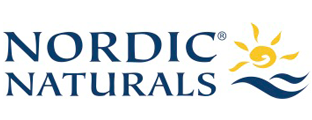



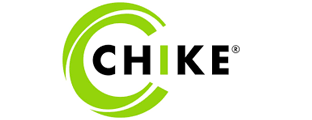


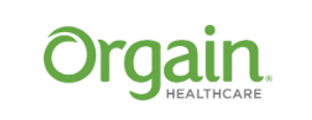












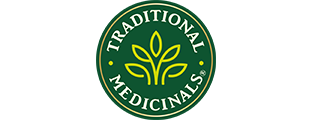


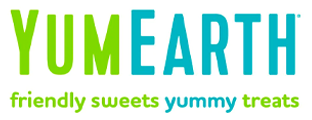





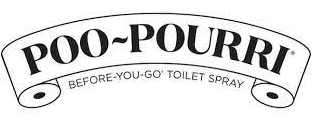


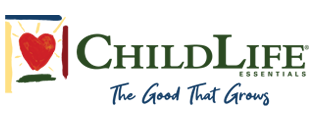

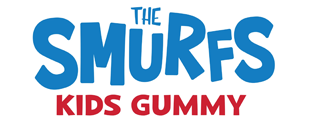


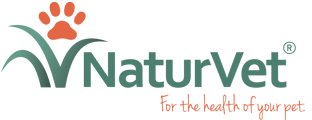






























 Table of Contents
Table of Contents




